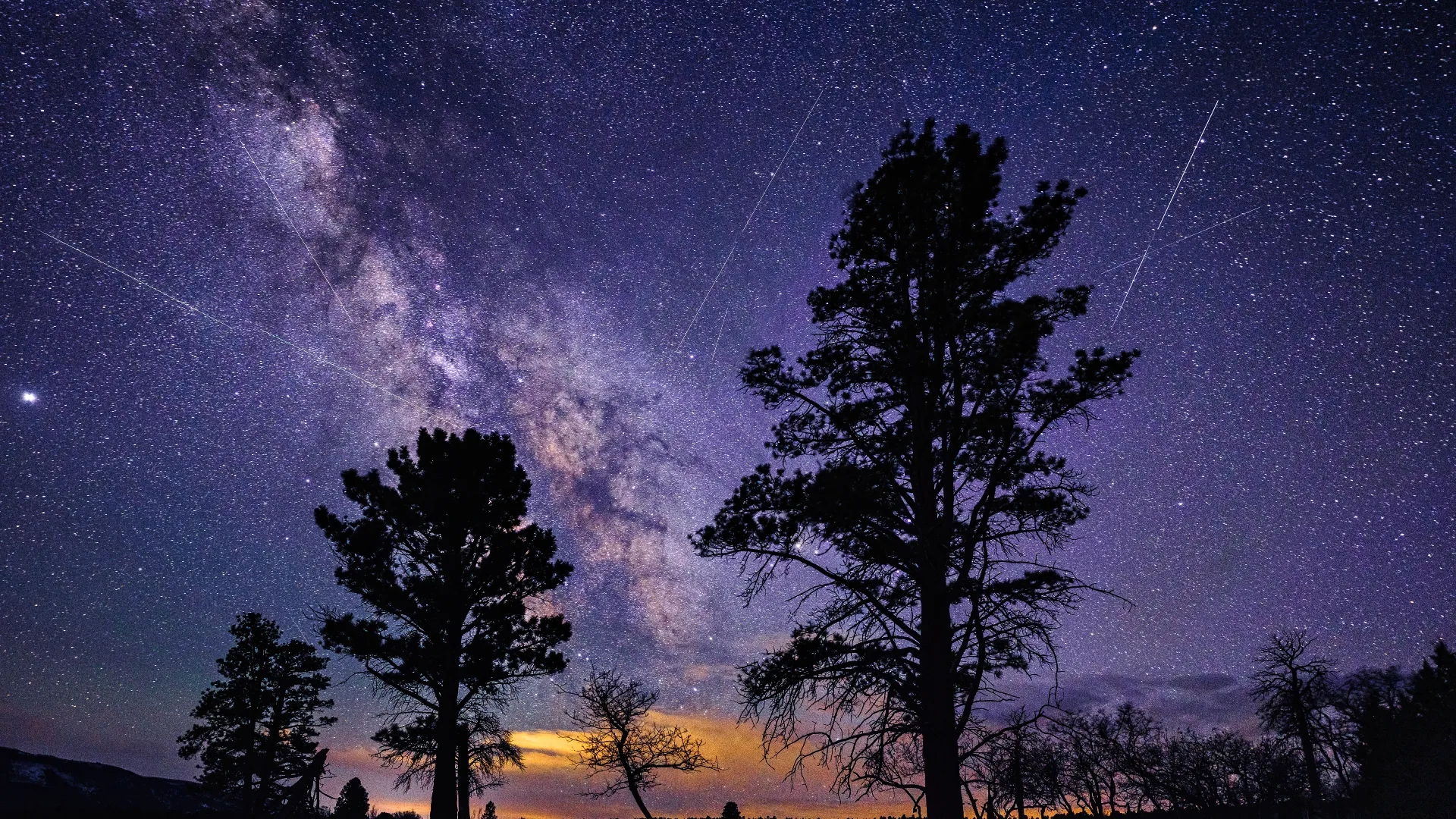The Lyrids Meteor Shower: What to Expect
As spring takes its grip on the skies in 2025, stargazers and astronomy enthusiasts are gearing up for one of the year’s most anticipated celestial events: the Lyrids Meteor Shower. This year, the shower will peak from April 21 to April 27, providing a captivating light show for viewers around the globe. In this article, we will discuss how to watch the Lyrids, what makes this meteor shower unique, and how you can enhance your viewing experience.
Understanding the Lyrids Meteor Shower
The Lyrids Meteor Shower is one of the oldest recorded meteor showers, dating back to 687 B.C. The meteor shower originates from the debris left by Comet C/1861 G1 Thatcher, which orbits the sun roughly every 415 years. As our planet passes through this trail of comet dust in mid-April, tiny particles enter the Earth’s atmosphere at high speeds, burning up and creating bright streaks of light known as shooting stars.
When to Watch the Lyrids Meteor Shower
This year, the Lyrids are expected to peak between April 21 and April 22. Observers can expect to see around 20 meteors per hour under ideal conditions. However, meteors can be visible in the days leading up to and following the peak, making the entire window from April 21 to April 27 a great opportunity to catch a glimpse of these celestial wonders. The best time to view is during the pre-dawn hours when the sky is darkest, ideally between midnight and 5 a.m.
How to Watch the Lyrids Meteor Shower
Watching meteors is a relatively simple and accessible activity, but there are a few tips to enhance your experience:
- Find a dark location: Light pollution from urban areas can significantly hinder your ability to see meteors. Try to escape to open countryside or a national park where the night sky is unobstructed.
- Check the lunar phase: This year, a waning crescent moon will be present. While it will not be full, its light may still wash out some fainter meteors. Aim to find a larger view of the sky away from any light sources.
- Bring comfortable gear: Bring blankets, reclining chairs, or sleeping bags to lie back comfortably as you gaze up at the sky. Dressing in layers is also wise, as spring nights can still be chilly.
- Give your eyes time to adjust: It takes about 20 minutes for your eyes to adapt to the dark fully. Once settled in, allow yourself to gaze at the sky to catch any meteors that flash across your field of view.
What to Expect During the Meteor Shower
The Lyrids are known for their bright and often colorful meteors, with reports of green, yellow, and even blue streaks lighting up the sky. While this meteor shower typically boasts a moderate zenith hourly rate (ZHR) of about 20 meteors an hour, certain years have experienced bursts of activity, where viewers have reported seeing significantly more meteors. The visual treat of Lyrids comes from their swift trajectories; these meteors streak across the sky at speeds of about 110,000 miles per hour, offering stunning moments for observers.
Spotting Venus and Mercury
This year, as a bonus to the celestial spectacle, Venus and Mercury will shine bright in the evening sky around the same time as the Lyrids meteor shower peaks. These planets will be positioned near the constellation Pisces, making for extra points of interest while you enjoy the meteor display. To locate these planets, look toward the western horizon about 30-40 minutes after sunset. Venus, the evening star, will be bright and easy to spot, while Mercury, being closer to the Sun, will be dimmer and more challenging to see, requiring good conditions and a clear line of sight.
Preparation for the Event
To make the most of your meteor shower watching experience, consider the following preparations:
- Check the weather forecast: Clear skies are essential for optimal viewing. A cloudy night could obstruct your view, so keep an eye on weather reports leading up to the event to find the best nights for viewing.
- Gather your gear: Besides blankets and chairs, don’t forget snacks, warm beverages, and perhaps a telescope or binoculars if you wish to further explore the night sky. These tools can be beneficial for observing the planets and other celestial bodies.
- Educate yourself: Familiarize yourself with the Lyrid constellation, Lyra, and the patterns of the meteor shower so you can appreciate what you’re seeing even more.
Conclusion: Embrace the Wonders of the Cosmos
The Lyrids Meteor Shower of 2025 is a fantastic opportunity for everyone, from seasoned astronomers to curious families, to engage with the splendor of the night sky. As meteors ignite and streak across the heavens, remember to take a moment to appreciate the incredible cosmic dance and the vast universe beyond our earthly bounds. Whether you’re marveling at the Lyrids or the bright planets shining alongside, the experience is sure to be a memorable one. So, mark your calendars, gather your gear, and prepare to witness one of nature’s finest displays in the sky!







